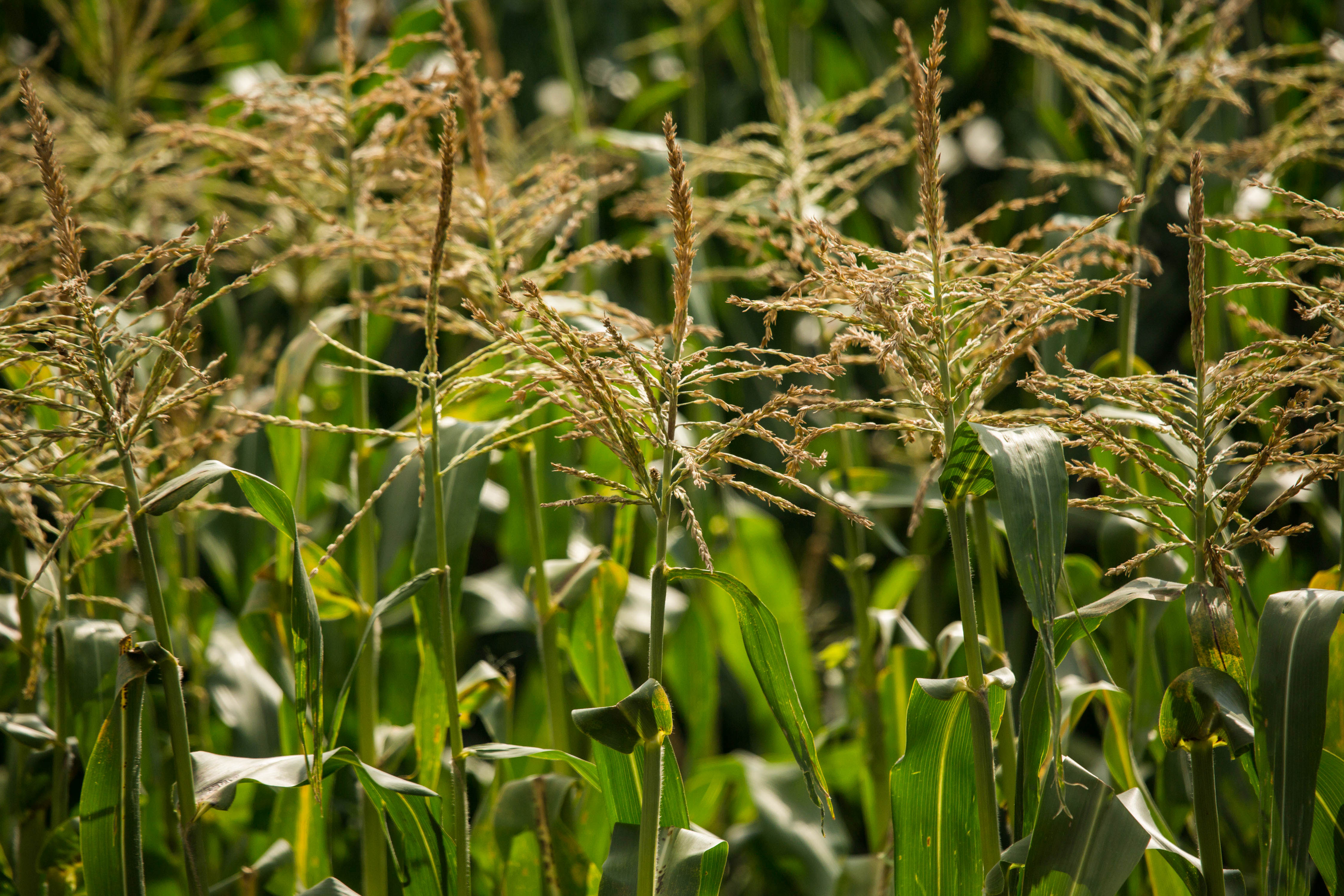RIPE researchers show the cause of productivity loss in the fluctuating light of maize crop canopies

CHAMPAIGN, Ill. — A team from the University of Illinois has measured the dynamic leakiness of CO2 from C4 plants. Previous studies had measured the leakiness under steady-state conditions, but this group took the measurements to prove that leakiness can and should be measured as a dynamic parameter.
“Last year, we predicted that during photosynthetic induction, C4 cycle activation is faster than the Calvin-Benson cycle, which would cause more CO2 leaking, but we didn’t have any evidence,” said Yu Wang, a postdoctoral researcher at Illinois, who led this work for a research project called Realizing Increased Photosynthetic Efficiency (RIPE). “Now our results prove it’s real. We have the first measurements of the leakiness under dynamic conditions.”
RIPE, which is led by Illinois, is engineering crops to be more productive by improving photosynthesis, the natural process all plants use to convert sunlight into energy and yields. RIPE is supported by the Bill & Melinda Gates Foundation, Foundation for Food & Agriculture Research, and U.K. Foreign, Commonwealth & Development Office.
While the group’s previous prediction, published in the Plant Journal last year, was a proven concept, these first-of-their-kind measurements show that their modeling of the C4 and C3 photosynthetic cycles are accurate. Their recent work, studying sorghum and maize, was published in New Phytologist.
“Our research shows that during photosynthetic induction, the activation of C4 cycle is faster than the Calvin-Benson cycle,” said Wang. “This is why leakiness is higher for the first several minutes after the light comes on.”
Wang went on to say that the Calvin-Benson cycle is proven to be slower and has limitations in C4 crops, researchers can work on improving the efficiency and activation speed of the overall process. One option she sees is to make Rubisco activase faster, which will, in turn, make photosynthetic induction faster but says people can think about various ways to improve the response time.
“The results confirm large efficiency losses due to this lack of coordination in the fluctuating light conditions within maize crop canopies,” said RIPE Director Stephen Long, Ikenberry Endowed University Chair of Crop Sciences and Plant Biology at Illinois’ Carl R. Woese Institute for Genomic Biology. “This provides definitive proof of our prediction from modeling that activation of the primary carboxylase, Rubisco, is the key biochemical limitation. The solution we have initiated is up-regulation of Rubisco activase.”
This research involved a number of RIPE team members, including Samantha Stutz, Carl Bernacchi, Ryan Boyd, and Don Ort.
RIPE is led by the University of Illinois in partnership with The Australian National University, Chinese Academy of Sciences, Commonwealth Scientific and Industrial Research Organisation, Lancaster University, Louisiana State University, University of California, Berkeley, University of Cambridge, University of Essex, and U.S. Department of Agriculture, Agricultural Research Service.
By: Allie Arp || RIPE Communications Manager
